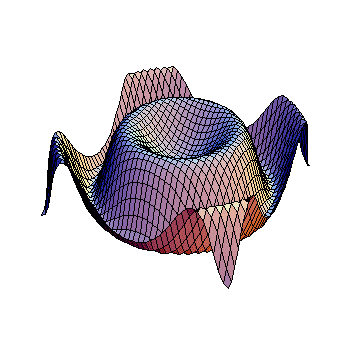During non-cyclic photophosphorylation, how does NADP+ become NADPH?
I know that NADP+ gets reduced to form NADPH, but what exactly is being donated? Is it two individual electrons (from photolysis or the chlorophyll molecules) and a hydrogen ion (proton)? If this is the case, during the Calvin Cycle, do the NADPH molecules donate the same two individual electrons and hydrogen proton from the light-dependent reactions to become NADP+ again? Thanks
I know that NADP+ gets reduced to form NADPH, but what exactly is being donated? Is it two individual electrons (from photolysis or the chlorophyll molecules) and a hydrogen ion (proton)? If this is the case, during the Calvin Cycle, do the NADPH molecules donate the same two individual electrons and hydrogen proton from the light-dependent reactions to become NADP+ again? Thanks
1 Answer
NADPH is formed as an end result of photolysis.
Explanation:
The energy from the photons is used to split water into hydrogen and oxygen.
The hydrogen ions
The oxygen is given out as molecular oxygen
The electrons are used for converting ADP(adenosine diphosphate) to ATP(adenosine triphosphate) by adding one phosphate group to ADP. This process is called phosphorylation(addition of phosphate) and since the energy comes from photons, this process is termed as photophosphorylation.
Yes, the same NADPH donates its hydrogen to combine with


